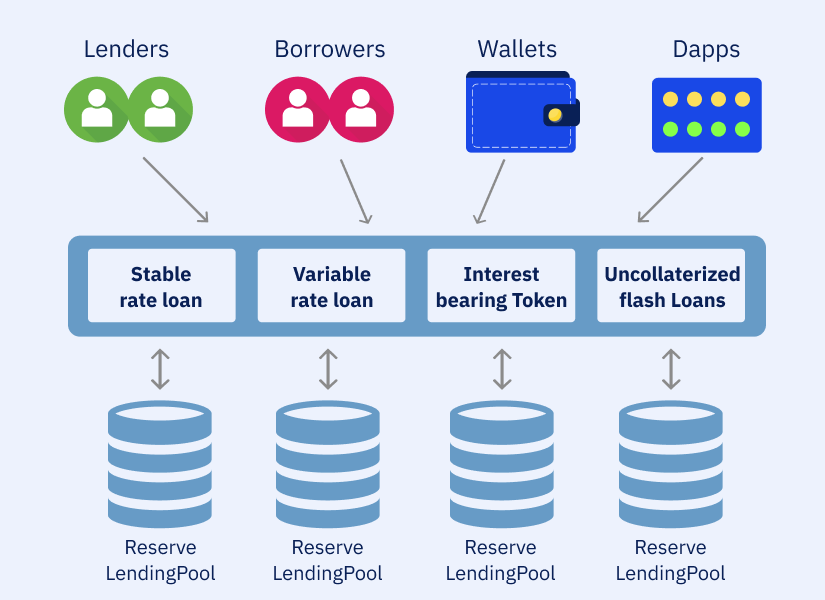DeFi math is a pain in the ass. Try calculating a health factor manually and you'll understand why this SDK exists. The old aave-js library was garbage - built by someone who clearly never used it in production - dependency hell, broken TypeScript definitions, and math that would randomly round wrong when handling millions of dollars.
Aave Utilities fixes this mess with two packages that actually work. `@aave/math-utils` handles the nightmare of converting raw contract data (BigNumbers with 18 decimal places) into something humans can read without losing precision. `@aave/contract-helpers` generates transactions that won't fail with "execution reverted" errors at 3am when your liquidation bot needs to work.
The big win? This powers the official Aave interface at app.aave.com, so you know it works. When you're moving real money, using battle-tested code beats rolling your own and praying. The interface handles billions in volume across 18+ networks including Ethereum, Polygon, Arbitrum, Optimism, Base, and others. Check out the interface source code on GitHub to see how they actually implement it.

The latest React hooks actually work - shocking for a JavaScript framework integration. Instead of writing 200 lines of useEffect hell to fetch user data, you import useAavePoolData() and it just works. The React SDK documentation has working examples, and the GraphQL API is fast but you'll still miss edge cases that only the smart contracts know about.
Behind the scenes, the SDK uses the Aave Address Book for automatic contract discovery, which prevents the "wrong contract address" disasters that killed other integrations. The deployed contracts list shows what networks are actually supported versus the marketing bullshit. For reference implementations, check the GHO integration examples that show real production patterns.
Look, if you're building anything that handles real money on Aave, use this SDK. Rolling your own integration is how production systems die during volatility spikes. The ethers v5 vs v6 migration hell is exactly why this library stays locked to v5 - better than dealing with breaking changes every month. Even experienced teams like CoW Protocol struggle with v6 migrations, so you definitely don't want to deal with it while building liquidation bots.

